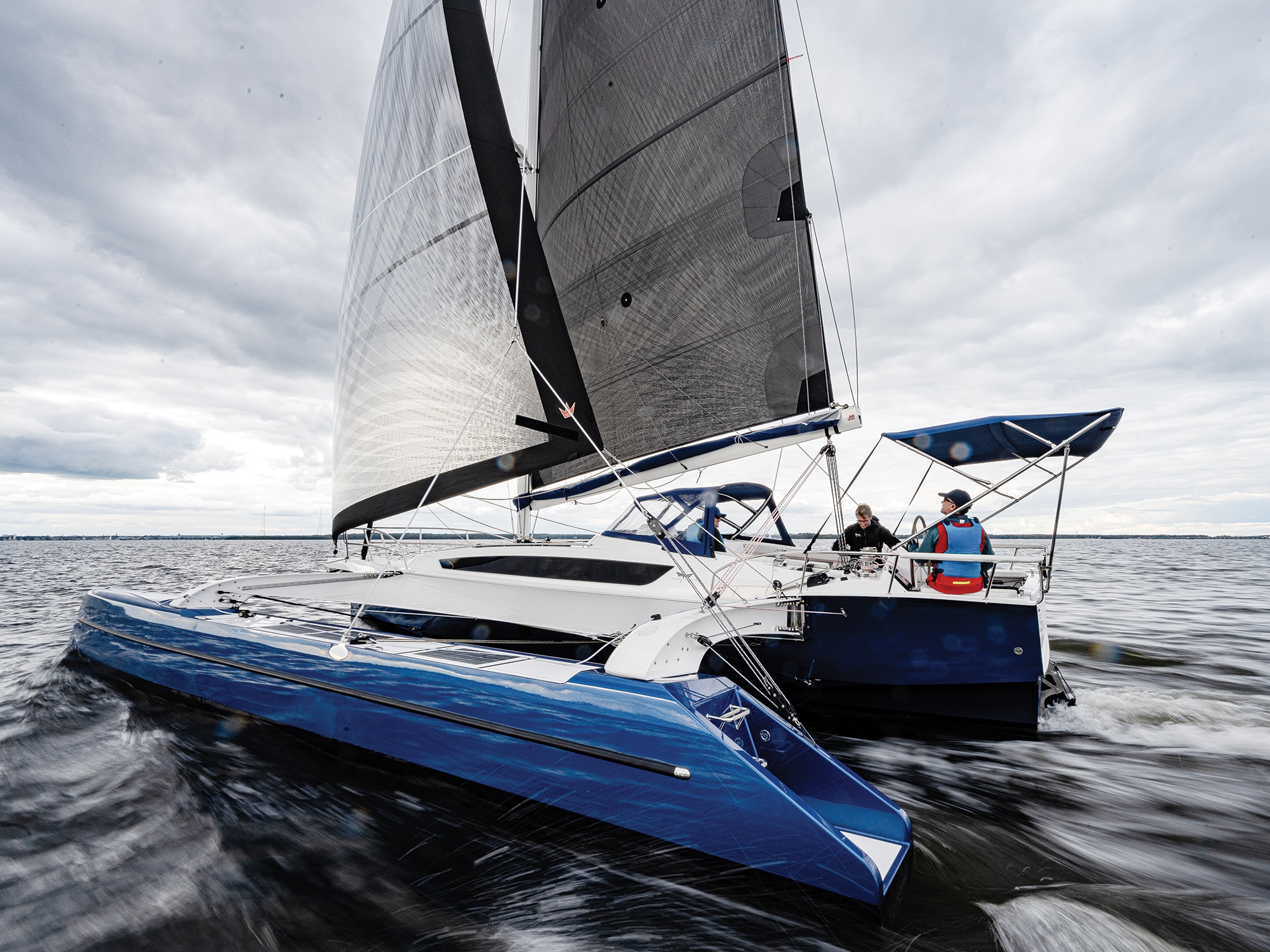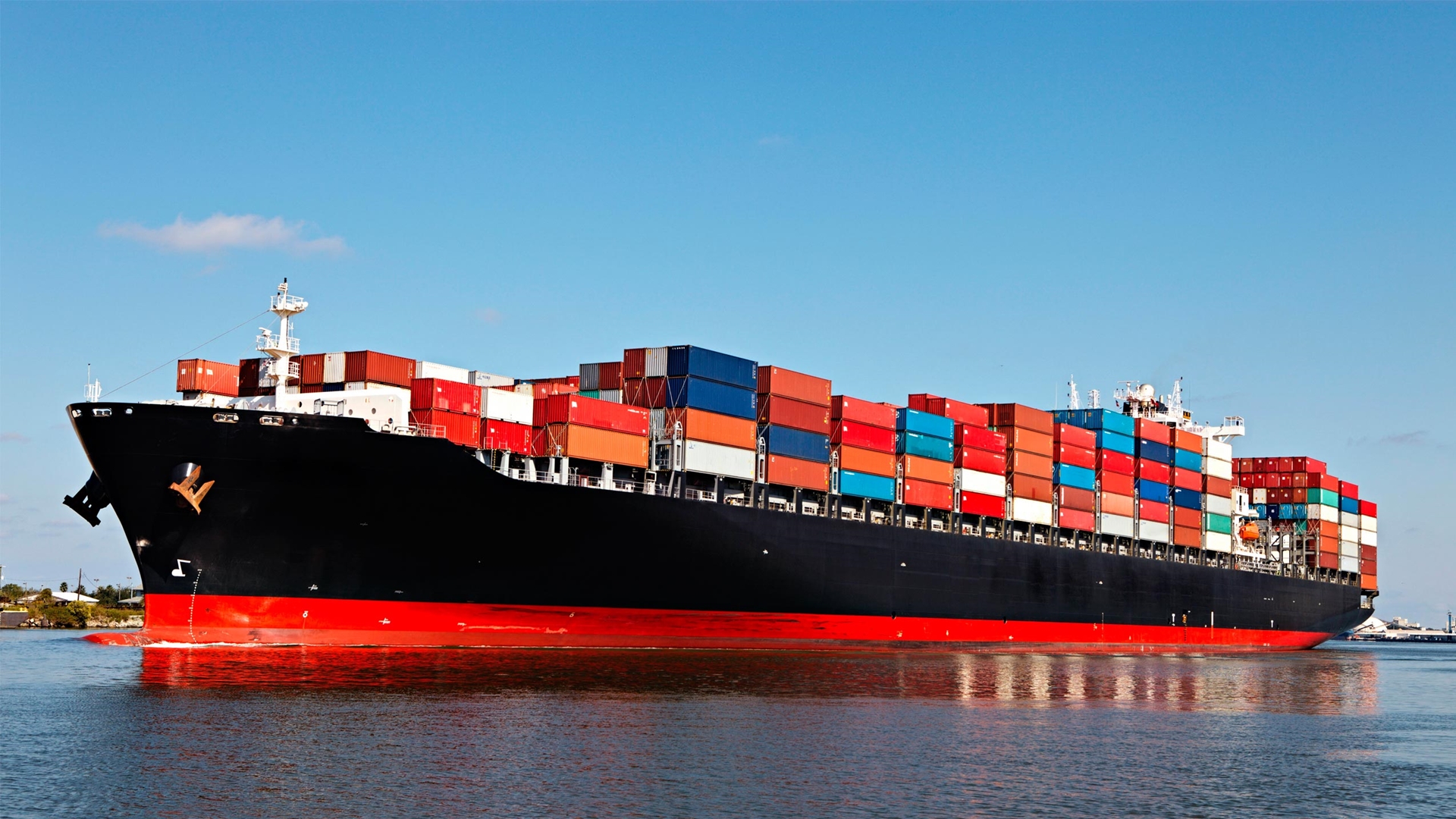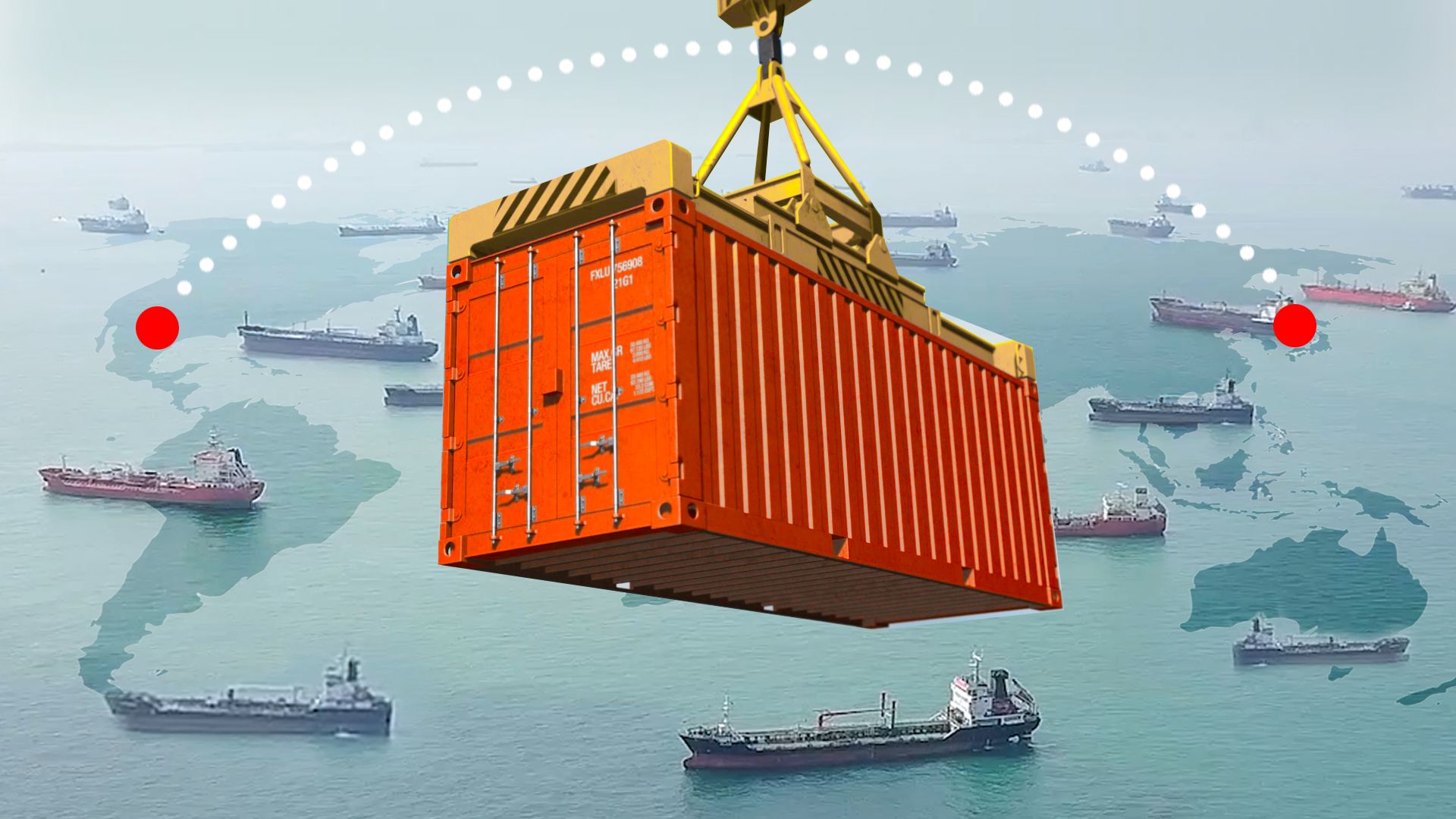A trimaran is a type of multihull boat characterized by its three parallel hulls, offering a unique blend of speed, stability, and performance on the water. These vessels are designed to reduce drag, increase stability, and enhance the sailing experience, making them a popular choice for both recreational sailors and professional racers.
In this article, we explore what a trimaran is, its key features, advantages, and the different types of trimarans available. Whether you are a seasoned sailor or a beginner exploring the world of multihull boats, the trimaran offers an exciting and innovative way to enjoy life on the water.
What is a Trimaran?
A trimaran is a multihull vessel that consists of a main hull and two smaller, outrigger hulls attached to it, usually by crossbeams. The trimaran design dates back to ancient Polynesian canoes, but the modern trimaran has evolved into a fast, sleek vessel used for both racing and leisure activities.
Unlike the more common monohull boats, which have a single hull, the trimaran’s three-hull structure provides superior stability and can handle rough waters better. The trimaran design is also known for its ability to reach high speeds, particularly in racing situations, while maintaining excellent stability.
Key Features of a Trimaran
Trimarans are known for their distinctive design and impressive performance features. Here are the key characteristics of a trimaran:
1. Three-Hull Design
The most defining feature of a trimaran is its three hulls. The central hull (often referred to as the “main hull”) is typically much larger than the two smaller outrigger hulls. The outrigger hulls are connected to the main hull by crossbeams or supports, which help distribute the weight of the boat evenly and enhance stability.
- The main hull is generally where the cockpit, living spaces (in larger models), and most of the boat’s equipment are located.
- The outrigger hulls serve to provide extra stability and support, especially in strong winds and rough seas.
2. Lightweight and Speed
Trimarans are built to be lightweight, which allows for faster speeds compared to traditional monohull boats. The reduced weight and narrow hulls lead to less drag, enabling the trimaran to glide smoothly through the water with greater efficiency. This design is particularly favored in racing, where speed is crucial.
- The sleek design allows trimarans to reach impressive speeds, especially when sailing downwind.
- Modern materials like carbon fiber and fiberglass are often used in the construction of trimarans, further reducing weight and enhancing performance.
3. Stability
One of the main advantages of a trimaran is its stability. The three-hull design significantly increases the vessel’s balance, even in rough waters. The outriggers (side hulls) prevent the boat from tipping over, even when encountering strong winds or turbulent waves. This stability makes trimarans ideal for both cruising and competitive racing.
- Wider stance: The outriggers create a wider base, providing more resistance to tipping.
- Reduced risk of capsizing: Trimarans are much less likely to capsize compared to monohull boats.
4. Shallow Draft
Trimarans often have a shallow draft, meaning that their hulls don’t sit very deep in the water. This allows the vessel to navigate shallower waters, making them more versatile when exploring coastal areas or accessing places that might be out of reach for larger, deeper boats.
5. Sail Plan and Maneuverability
Trimarans are designed to be easily maneuverable, with larger, more efficient sail plans compared to monohull boats. The size and configuration of sails can be adjusted to optimize speed depending on the conditions. In some cases, trimarans feature rigs that allow for higher performance in different wind conditions.
- Multiple sails: Some trimarans are equipped with multiple sails for various points of sail. This allows for more control and versatility while racing or cruising.
- Enhanced agility: With a lightweight and wide hull design, trimarans can tack and jibe with ease, enabling sailors to navigate tight corners and adjust swiftly in competitive sailing.
Advantages of a Trimaran
Trimarans offer several distinct advantages that make them popular among sailing enthusiasts. Here are some key benefits:
1. Speed and Performance
Due to their streamlined design and lightweight construction, trimarans are known for their speed. They can outperform traditional monohull boats, especially in downwind conditions, and often compete in some of the most prestigious sailing races in the world.
- The narrow hulls and lightweight design reduce drag, allowing the trimaran to glide through the water with minimal resistance.
2. Exceptional Stability
The three-hull configuration provides excellent stability, which is one of the most significant advantages of a trimaran. The extra hulls reduce the boat’s tendency to tilt or capsize, offering a safer experience for sailors. This stability is especially important in challenging conditions, such as high winds or rough seas.
- The stability also makes trimarans a great choice for families and recreational sailors who want to enjoy a smoother, more comfortable ride.
3. Spaciousness and Comfort
Although trimarans are typically smaller than some other types of yachts or boats, the design allows for a surprisingly spacious interior. The wide beam and deck space of a trimaran provide ample room for living quarters, dining areas, and outdoor relaxation.
- Larger trimarans often feature multi-deck designs, with areas dedicated to entertainment, sunbathing, and relaxing on the water.
4. Access to Shallow Waters
Trimarans have a shallow draft, which makes them ideal for exploring shallow coastal waters, small islands, or hidden coves. Unlike larger yachts or ships that may be restricted to deeper waters, a trimaran can easily access areas that are less navigable for other vessels.
- This versatility allows sailors to enjoy more secluded and picturesque locations during their travels.
Disadvantages of a Trimaran
While trimarans are beloved for their speed and stability, they do have a few drawbacks that should be considered:
1. Larger Storage Requirements
Trimarans are generally larger and have a wider beam than monohull boats, which can make them more challenging to store. Finding suitable docking spaces for a trimaran may be more difficult, especially in marinas with limited space.
2. Higher Maintenance Costs
Due to their complex design and multiple hulls, trimarans can be more expensive to maintain than monohulls. The three hulls require more attention, especially in terms of repairs, cleaning, and upkeep.
3. Less Comfortable in Strong Winds
Although trimarans are stable, their lightweight structure and sail plan can make them more susceptible to capsizing in extremely strong winds, particularly in gusty or stormy conditions. This is why trimarans are better suited for experienced sailors or racing professionals.
Famous Trimaran Races and Events
Trimarans are often the stars of some of the most exciting and competitive sailing events in the world. These include:
1. Route du Rhum
The Route du Rhum is a solo transatlantic race that has seen trimarans competing for the title of fastest across the Atlantic. These vessels are often chosen for their speed and ability to handle long-distance sailing in challenging conditions.
2. The America’s Cup
While the America’s Cup has traditionally been a competition between monohulls, recent events have seen trimaran designs used in the race, such as the 2013 and 2017 editions. Trimarans are now part of the elite world of competitive yacht racing, showcasing their performance at the highest level.
3. The Transpacific Yacht Race
The Transpacific Yacht Race, or Transpac, is one of the most famous offshore races, where trimarans have been known to shine due to their speed and endurance. This race spans over 2,000 nautical miles from California to Hawaii.
Conclusion: Trimarans – The Perfect Balance of Speed and Stability
Trimarans offer the best of both worlds: impressive speed and unparalleled stability. Their unique three-hull design allows them to navigate rough waters with ease while delivering exceptional performance on the racecourse. Whether you’re a competitive sailor looking for a high-performance racing boat or a recreational sailor wanting a stable, fast, and spacious vessel, a trimaran offers a great solution.
With their speed, versatility, and spaciousness, trimarans continue to captivate sailors worldwide. Whether you’re cruising in coastal waters or competing in high-stakes races, a trimaran is a vessel that delivers excitement, performance, and an unforgettable experience on the water.





